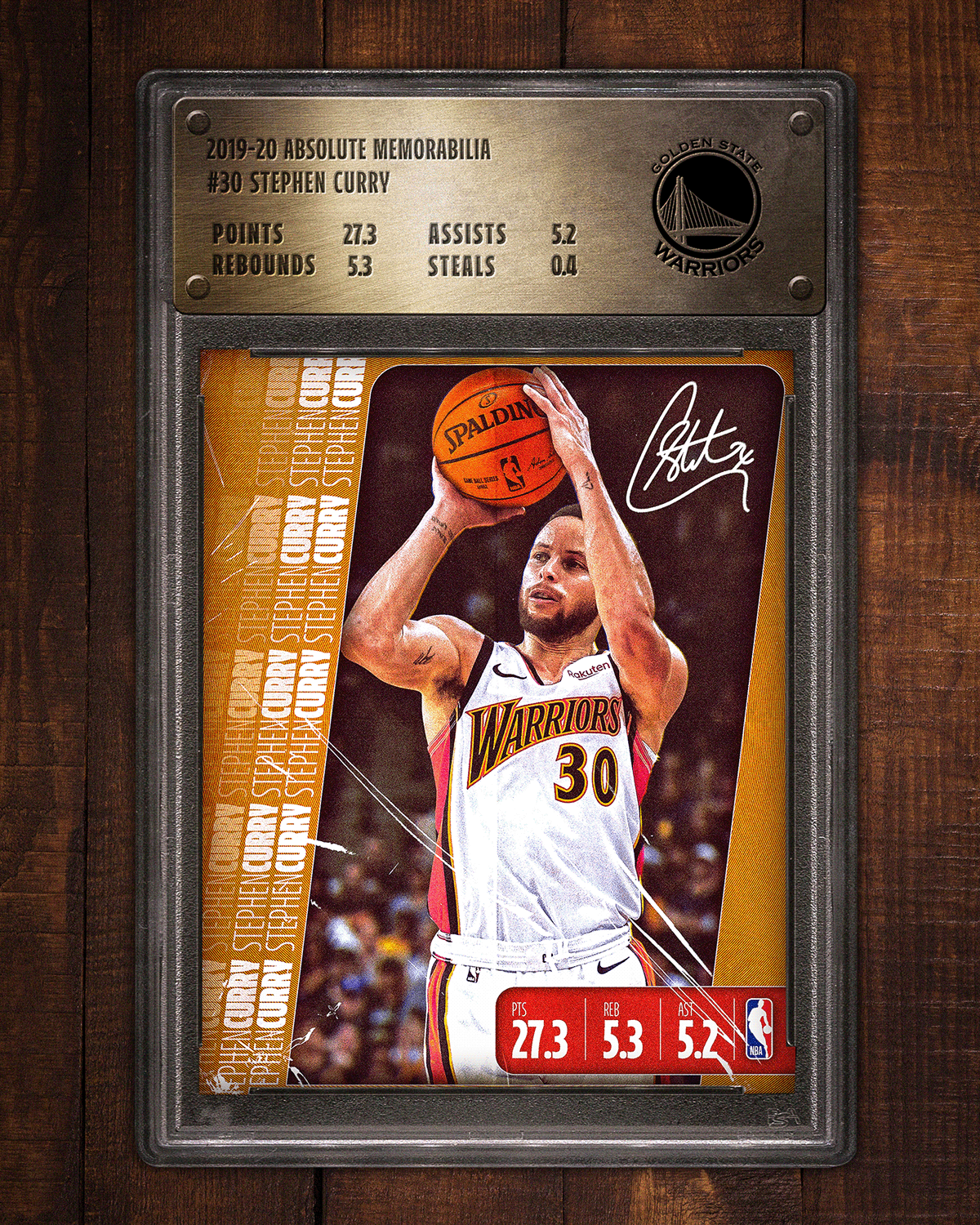In recent years, the world of sports memorabilia, particularly NBA basketball cards, has exploded in popularity. Collectors and investors alike are drawn to the potential for significant returns on investment, as well as the thrill of owning a piece of basketball history. As the market continues to evolve, understanding the nuances of basketball card investment becomes crucial for both novice and seasoned collectors. This article serves as a guide to navigating the complexities of this exciting hobby, offering strategies to maximize your investment while also enjoying the journey of collecting.
NBA basketball card investment strategies for memorabilia collectors are not just about buying high-value cards; they involve a thoughtful approach to market trends, player performance, and personal interests. From understanding the types of cards that hold value to knowing when to buy and sell, there are many factors that can influence your success in this niche market. Whether you are looking to build a personal collection, invest for profit, or a mix of both, having a solid strategy is essential.
As you delve deeper into the realm of NBA basketball card investments, it’s vital to recognize the importance of research and networking within the community. Engaging with other collectors, following market trends, and keeping an eye on emerging players can all contribute to informed decision-making. With this knowledge as your foundation, you can build a collection that not only holds sentimental value but can also appreciate significantly over time.
Read also:Exploring Sam Fox Net Worth A Comprehensive Guide To His Wealth And Achievements
What Are the Different Types of NBA Basketball Cards?
To effectively strategize your investments, it's essential to understand the various types of NBA basketball cards available in the market. Here are some categories to consider:
- Rookie Cards: Typically considered the most valuable, these cards feature players in their first year of professional play.
- Autographed Cards: Cards signed by players can carry significant value, especially if the player is a superstar or a Hall of Famer.
- Game-Worn Memorabilia Cards: These cards contain pieces of jerseys or other game-worn items, increasing their appeal to collectors.
- Limited Edition Cards: Cards produced in limited quantities often become highly sought after, driving up their value.
Why Is Player Performance Important in Card Investment?
When considering NBA basketball card investment strategies for memorabilia collectors, player performance plays a crucial role in determining a card's value. Here are some key points to keep in mind:
- Rising Stars: Investing in cards of up-and-coming players can yield high returns as their careers progress.
- Established Stars: Cards of well-known and established players tend to retain their value and can appreciate over time.
- Injury Impact: Keep an eye on player injuries, as they can significantly affect a card's value.
How Do Market Trends Affect Card Values?
Understanding market trends is vital for successful investments in NBA basketball cards. Here are some factors that can influence card values:
- Season Performance: A player's performance during the season can lead to fluctuations in card prices.
- Trade Rumors: Speculation about player trades can impact card values, often creating buying opportunities.
- Collector Demand: Increased interest in certain players or teams can drive prices up, impacting your investment strategy.
What Are the Best Platforms for Buying and Selling Cards?
Finding the right platforms for transactions is crucial for NBA basketball card investment strategies for memorabilia collectors. Here are some popular options:
- Online Marketplaces: Websites such as eBay and COMC allow collectors to buy and sell cards easily.
- Card Shops: Local card shops often provide a space for in-person trading and purchasing.
- Trading Shows: Attending trading shows can yield opportunities to discover rare cards and meet fellow collectors.
Should You Grade Your Cards?
Grading cards can enhance their value, but is it worth the investment? Here are some pros and cons:
- Pros: Graded cards are often more valuable and can attract serious buyers.
- Cons: The grading process can be costly and time-consuming, and not all cards will benefit from grading.
How Do You Build a Diversified Collection?
Diversification is key to minimizing risk in your investment strategy. Consider these tips:
Read also:Who Is Olivia Harrison Discovering The Life And Legacy Of A Remarkable Figure
- Mix of Players: Include a variety of players from different eras, ensuring a balanced collection.
- Variety of Card Types: Invest in different types of cards to mitigate risk.
- Stay Informed: Regularly research market trends to adapt your strategy as needed.
What Are the Common Mistakes to Avoid in Card Investment?
Finally, awareness of common pitfalls can enhance your investment success. Here are some mistakes to avoid:
- Emotional Purchases: Avoid buying cards purely based on personal attachment; ensure they also have investment potential.
- Ignoring Condition: Pay attention to the condition of cards, as this significantly impacts value.
- Neglecting Research: Always conduct thorough research before making a purchase or sale.
In conclusion, the realm of NBA basketball card investment strategies for memorabilia collectors is both exciting and potentially lucrative. By understanding the various card types, monitoring player performance, recognizing market trends, and avoiding common mistakes, you can create a collection that not only satisfies your passion for the game but also serves as a smart investment. With careful planning and informed decision-making, you can navigate this dynamic market and enjoy the thrill of collecting NBA basketball cards.


